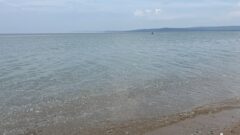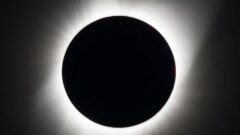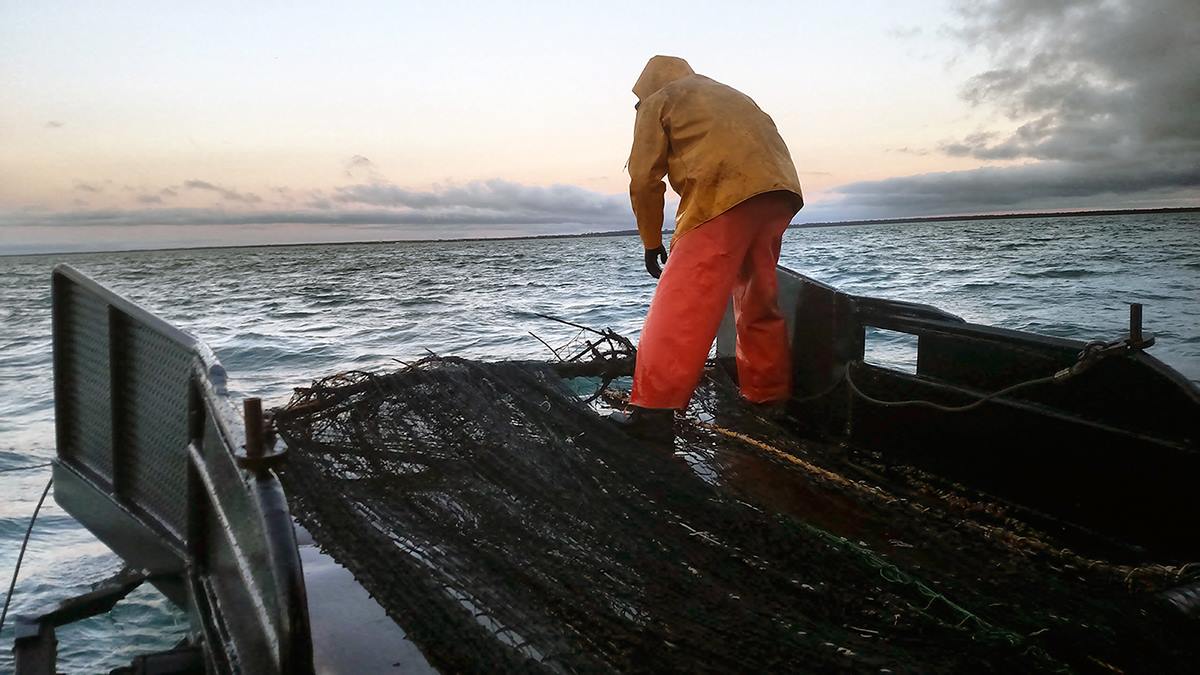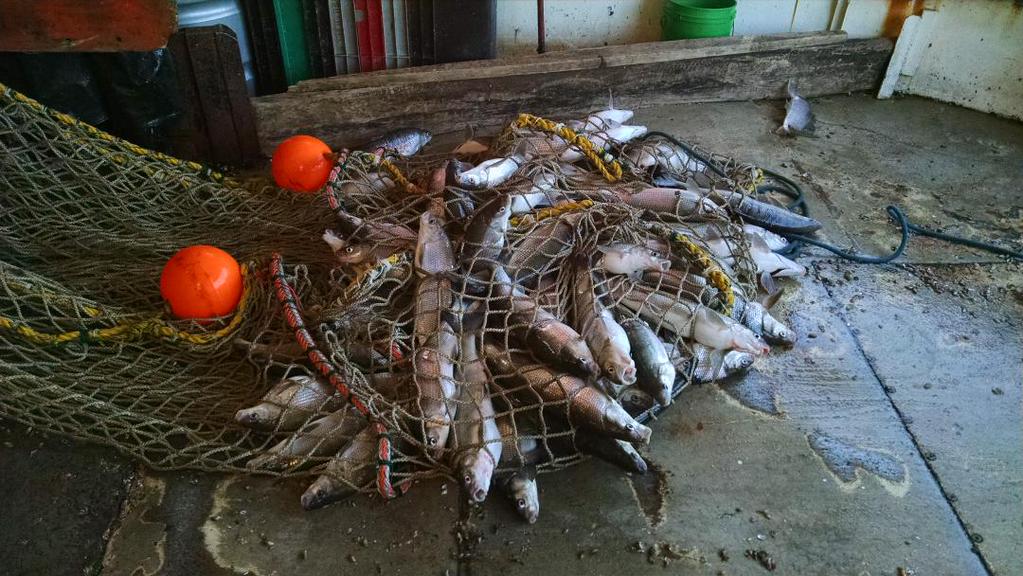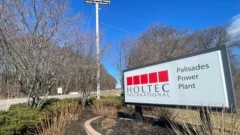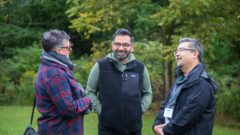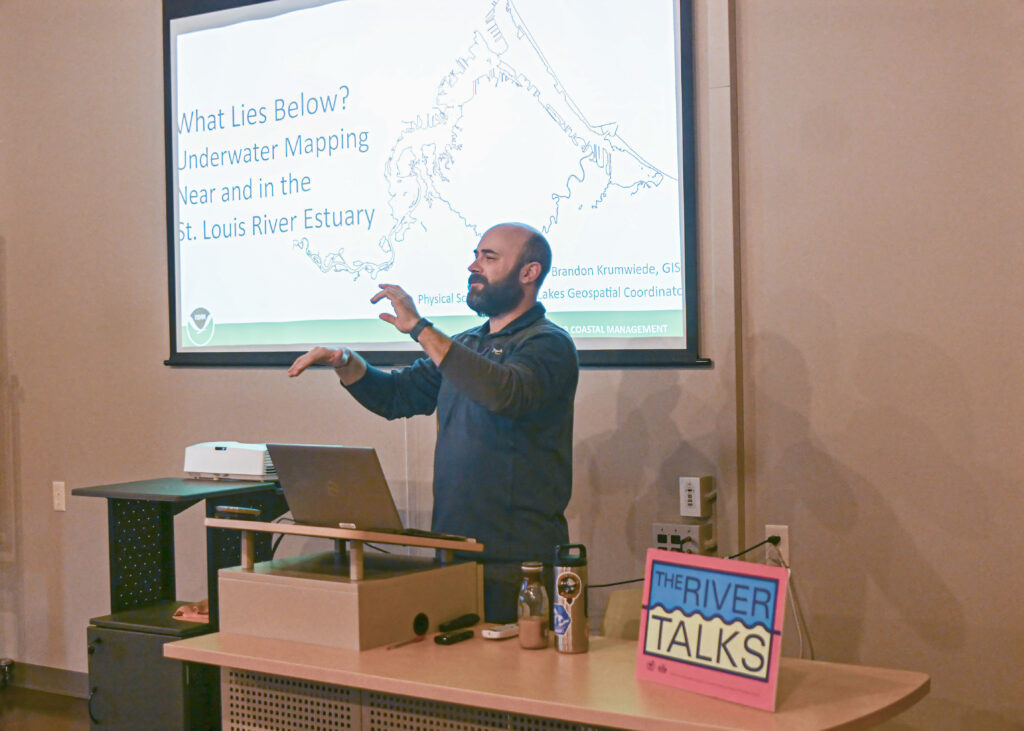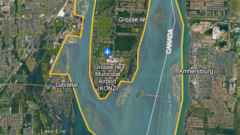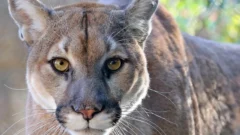Water supply up for Lake Superior in March, water level consistent
The latest numbers from the Lake Superior Board of Control show that water supply conditions were slightly above average for the month of March. Read the full story by the SooLeader.
Great Lakes Commission
https://www.glc.org/dailynews/20240405-watersupply-lakesuperior-waterlevel

